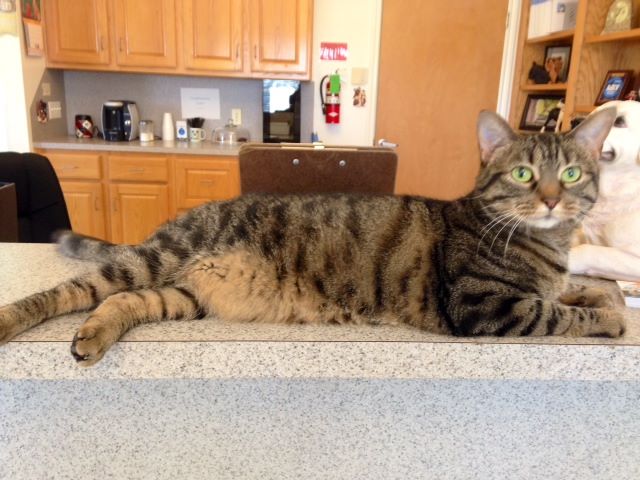Feline Leukemia Virus (FeLV) is a virus that can affect the immune system and a plethora of other bodily functions and abilities. If not prevented with vaccines or safe measures, it has the chance to be a fatal virus.
Exposure And Causes
Feline leukemia is a disease that only affects felines — it cannot end up being transmitted to people, puppies, or other animals. FeLV is passed from one cat to another through saliva, blood, and to some extent, urine and feces. The virus really does not live long outdoors the cat’s body — probably just a few hours. Grooming and fighting appear to be the common methods for infection to spread. Kittens can contract the particular disease in utero or perhaps through an infected mother’s milk. The disease is usually often spread by evidently healthy cats, so even if a cat appears healthy, it may end up being be infected and capable to transmit herpes.
Exposure of infected cats to your pet raises your cat’s risk of contracting FeLV, especially for cats and young adult cats. Older cats are much less likely to contract the problem, because resistance seems to be able to increase with age. For indoor-only cats, the chance of contracting FeLV will be very low. Cats inside multi-cat households or within catteries are more from risk, particularly if they provide water and food dishes and litter boxes. Only about 3% of cats in single-cat households have got the virus, but with regard to cats that spend moment outdoors, the speed is very much higher. Still, the frequency of FeLV has reduced over the last 25 years as a result of vaccines in addition to reliable tests.
Symptoms
Cats infected with FeLV may exhibit one or more of the following symptoms:
- Pale gums
- Yellow color in the mouth and whites of eyes
- Enlarged lymph nodes
- Bladder, skin, or upper respiratory infections
- Weight loss and/or loss of appetite
- Poor coat condition
- Progressive weakness and lethargy
- Fever
- Diarrhea
- Breathing difficulty
- Reproductive problems like sterility in unspayed female cats
Diagnosis
Your veterinarian can diagnose the condition by conducting a basic blood test called a ELISA, which identifies FeLV proteins in the bloodstream. This test is highly sensitive and can identify cats with very earlier infections. It is crucial to remember that several cats will manage to clear the infection within just a few months and can subsequently test negative. A second blood test, the IFA, detects the progressive phase of the infection, in addition to cats with positive effects for this test are usually unlikely to clear the virus. The IFA test is conducted at a laboratory, instead than inside your vet’s clinic. In general, cats that are IFA-positive have the poor long-term prognosis.
Treatment
Eighty-five percent of cats persistently infected with feline leukemia virus die within 36 months of diagnosis. However, typical veterinary check-ups and very good preventive health care may help keep these felines feeling well for an extended amount of time and help guard them from secondary illness. Twice-yearly physical examinations, clinical testing, and parasite management can prevent complications and identify problems quickly. Just about all FeLV infected cats ought to be kept indoors and be neutered.
There is presently no cure with regard to FeLV infection. Secondary bacterial infections can usually be treated as they show up, and cats with cancer can receive chemotherapy. Nevertheless, the prognosis is serious for cats with bone tissue marrow compromise or widespread lymphoma.

















Deb Schubert liked this on Facebook.
Alfred Hanna liked this on Facebook.
Doris Clark liked this on Facebook.
Doris Clark liked this on Facebook.
Deb Schubert liked this on Facebook.
Alfred Hanna liked this on Facebook.